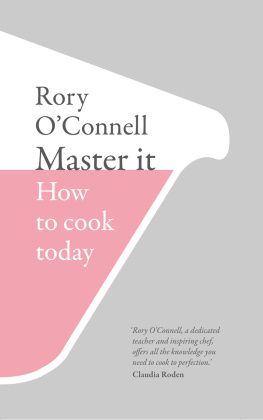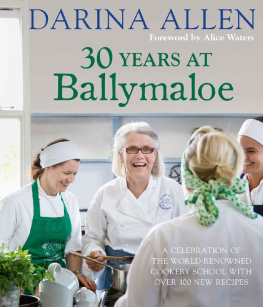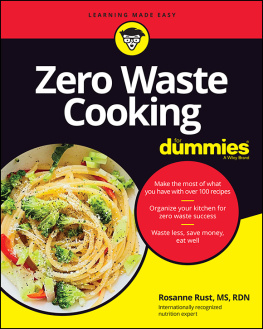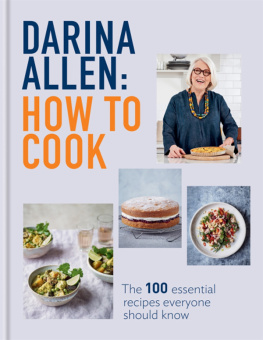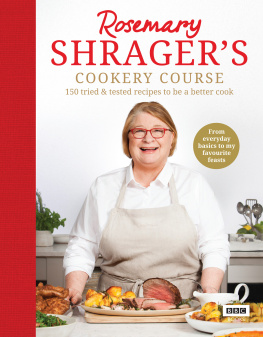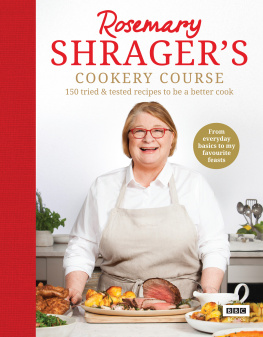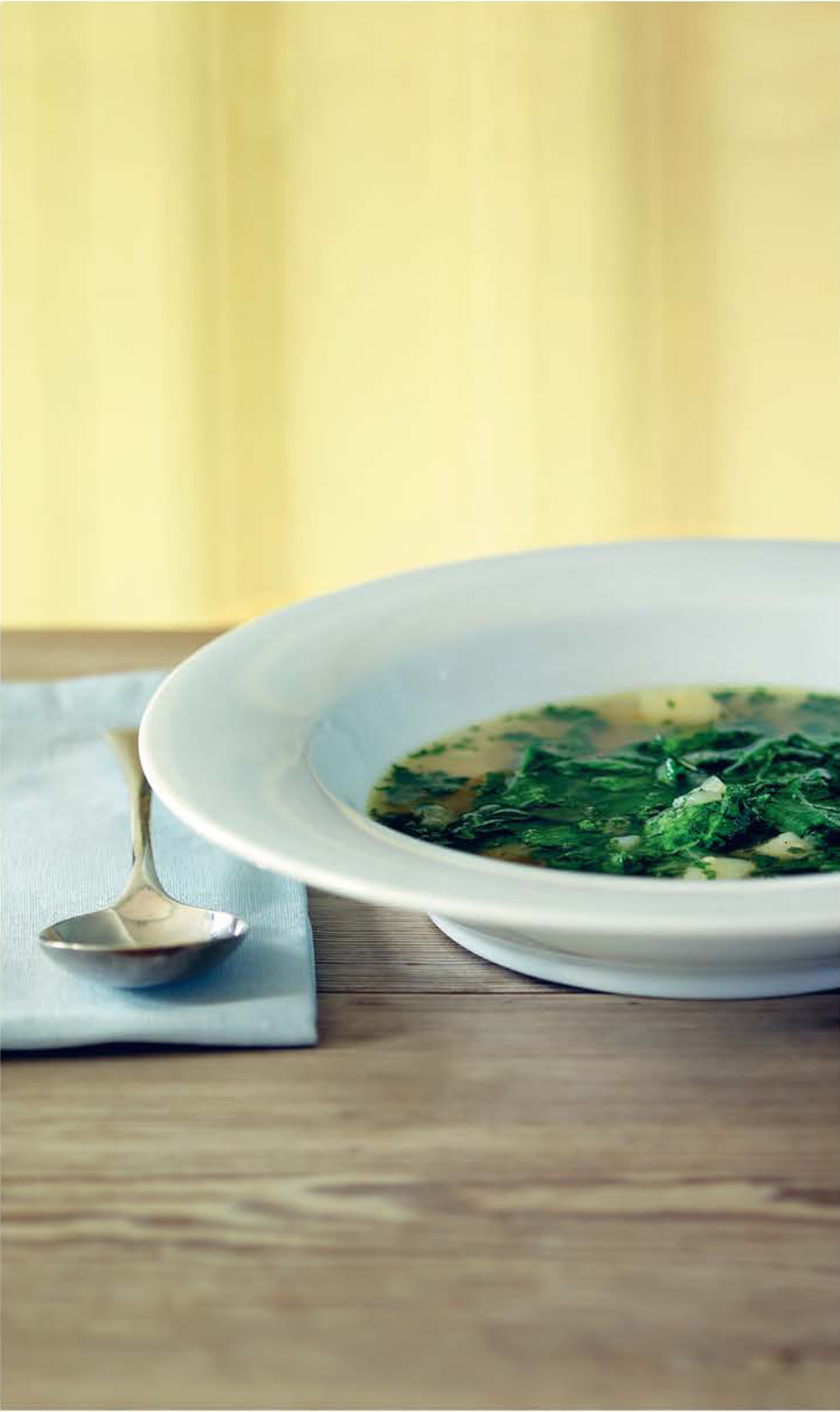Australia
HarperCollins Publishers (Australia) Pty. Ltd.
Level 13, 201 Elizabeth Street
Sydney, NSW 2000, Australia
http://www.harpercollins.com.au/ebooks
Canada
HarperCollins Canada
2 Bloor Street East 20th Floor
Toronto, ON, M4W, 1A8, Canada
http://www.harpercollins.ca
New Zealand
HarperCollins Publishers (New Zealand) Limited
P.O. Box 1
Auckland, New Zealand
http://www.harpercollins.co.nz
United Kingdom
HarperCollins Publishers Ltd.
77-85 Fulham Palace Road
London, W6 8JB, UK
http://www.harpercollins.co.uk
United States
HarperCollins Publishers Inc.
10 East 53rd Street
New York, NY 10022
http://www.harpercollins.com
Contents
Rory OConnell is a teacher at, and co-founder of, the Ballymaloe Cookery School in East Cork. He has cooked in some of the worlds best kitchens, with some of the biggest names in food, and has taught many of the rising stars of the next generation of chefs. With over thirty years experience cooking and teaching, he is uniquely equipped to share his expertise and knowledge.
This book is dedicated to the memory of my mother Elizabeth OConnell, and to my sisters Darina, Blanaid and Elizabeth, and my brothers William, David, Aidan, Tom and Richard
Master it
How to cook today
Rory OConnell
First published in Great Britain by Fourth Estate
a division of HarperCollins Publishers
7785 Fulham Palace Road
London W6 8JB
www.4thestate.co.uk
Text copyright Rory OConnell 2013
Photography by Laura Hynd
Designed by We Made This
The right of Rory OConnell to be identified as the author of this work has been asserted by him in accordance with the Copyright, Designs and Patents Act 1988
A catalogue record for this book is available from the British Library
Excerpt from The Oxford Companion to Food by Alan Davidson (2006) quoted by kind permission of Oxford University Press.
ISBN 978-0-00-744728-2
All rights reserved under International and Pan-American Copyright Conventions. By payment of the required fees, you have been granted the non-exclusive, non-transferable right to access and read the text of this ebook on-screen. No part of this text may be reproduced, transmitted, downloaded, decompiled, reverse engineered, or stored in or introduced into any information storage and retrieval system, in any form or by any means, whether electronic or mechanical, now known or hereinafter invented, without the express written permission of HarperCollins. The author asserts the moral right to be identified as the author of this work.
This is a work of fiction. Names, characters, places, and incidents either are the products of the authors imagination or are used fictitiously. Any resemblance to actual events, locales, organizations, or persons, living or dead, is entirely coincidental and beyond the intent of either the author or the publisher.
Ebook Edition MAY 2013 ISBN: 978-0-00-746879-9
Version 1
Chicken and other broths
Vegetable soups
Savoury tarts
Salads and dressings
Pan-grilling and pan-frying
Roasting
Casserole-roasting
Baked fish
Green vegetables
Roots and alliums
Potatoes
Rice
Pulses beans, peas and lentils
Simple soda breads
Sweet essentials
Fruit fools, compotes and salads
Biscuits
Ice creams, sorbets and granitas
Meringues
Warm puddings
Cold puddings
A few cakes
I love how a simple broth can, with the addition of carefully chosen ingredients, be transformed into an elegant dish that combines both humbleness and sophistication. This is comfort food certainly, but that does not mean it cant be smart and acceptable at any table.
I am totally hooked on chicken broth. It is so wonderfully nourishing and with carefully chosen ingredients can be as smart as anything you will serve. I eat it throughout the year, varying the ingredients depending on what is in season. For the success of this recipe, a really good well-flavoured and preferably clear chicken stock is vital. This can be a bit confusing, as in some parts of the world stock and broth mean the same thing. That is not the case here.
On the subject of broth versus stock, Alan Davidson, author of the indispensable Oxford Companion to Food , wrote: It could be said that broth occupies an intermediate position between stock and soup. A broth (e.g. chicken broth) can be eaten as it is, whereas a stock (e.g. chicken stock) would normally be consumed only as an ingredient in something more complex. That is exactly the case here.
Chicken broth has not been given the title Jewish penicillin in some cultures without good reason. You can almost feel its goodness coursing through your veins as you eat it. My mother would make it for us when we were young and feeling a bit under the weather. We actually liked it regardless of whether we were unwell or in robust health. Sometimes she would add extra chicken necks and gizzards to the broth when cooking and we loved these delicious extras. We would pick up the necks with our small and nimble fingers, perfect for the task, and nibble the tiny little sweet morsels of flesh off them. The gizzards were chopped into small pieces and consumed with equal pleasure with her brown soda bread, thinly sliced and lightly buttered, the hot gizzards melting the butter, making for greasy chins and much giggling.
I love how a simple broth can, with the addition of carefully chosen ingredients, be transformed into an elegant dish that combines both humbleness and sophistication. This is comfort food certainly, but that does not mean it cant be smart and acceptable at any table.
Keep this broth firmly in season and you will get splendid results and each changing season will give you many options to choose from. In spring use wild garlic leaves and flowers when the countryside is covered with them. Either of the two different types of wild garlic will do. The long skinny-leaved one, sometimes called three-cornered garlic, with its bell-like flowers, or the wider-leaved ramsons, with its allium-shaped flower heads, are both perfect. Watercress is vibrant, peppery and fresh-tasting. Sorrel, wild or cultivated, is tart and slimy.
Next page
